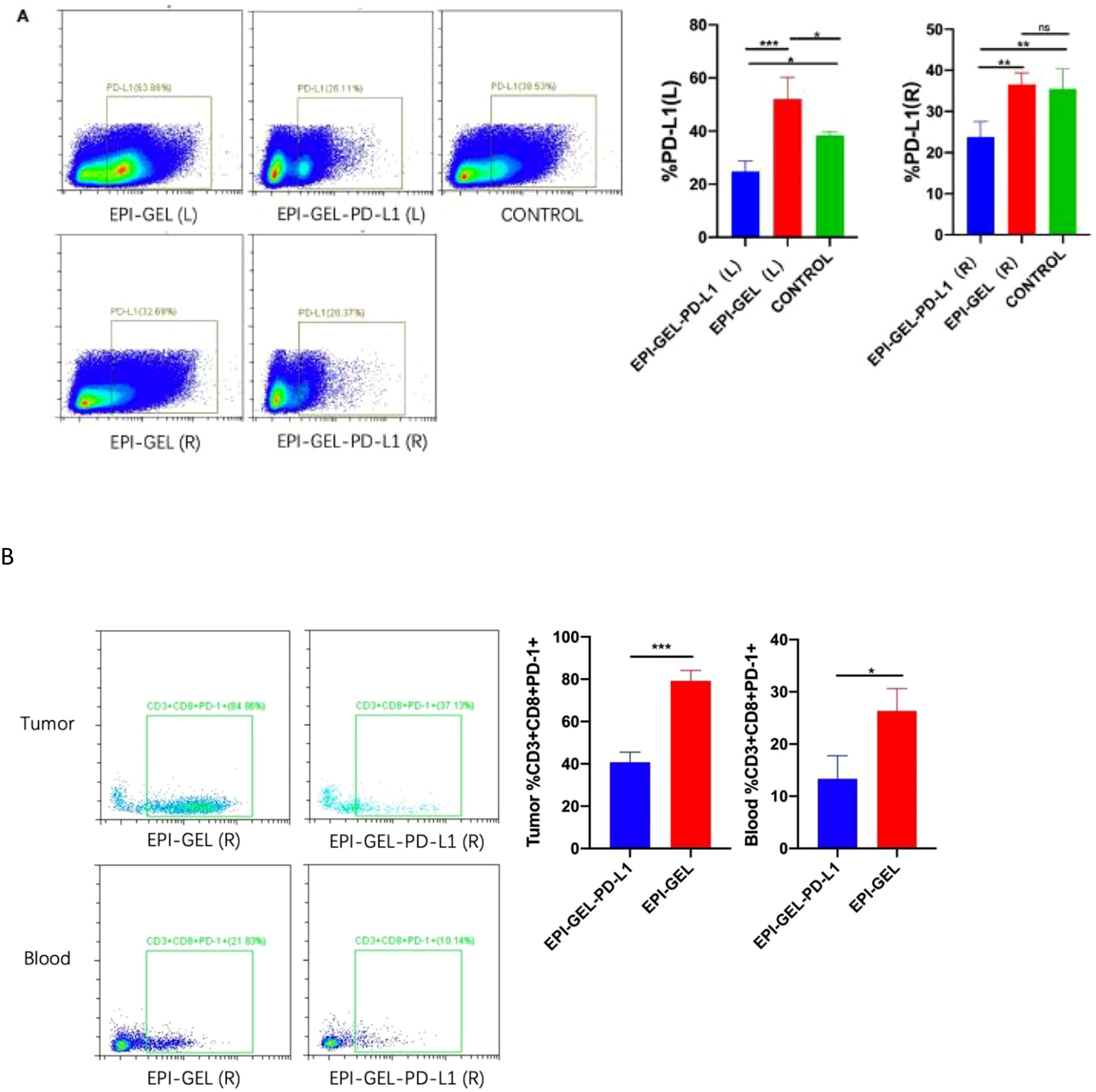- 1Department of Radiology, Chinese People’s Armed Police (PAP) Hospital of Beijing, Beijing, China
- 2Department of Radiology, Chinese People’s Liberation Army (PLA) General Hospital, Beijing, China
- 3National Laboratory for Molecular Sciences, Institute of Chemistry, Chinese Academy of Sciences, Beijing, China
- 4Department of Oncology, Chinese People’s Liberation Army (PLA) General Hospital, Beijing, China
- 5Department of Radiology, Characteristic Medical Center, Chinese People’s Armed Police Force, Tianjin, China
A Correction on
Study of epirubicin sustained–release chemoablation in tumor suppression and tumor microenvironment remodeling
By Meng L, Wang Z, Hou Z, Wang H, Zhang X, Zhang X, He X, Zhang X, Qin B, Li J, Zhang Z, Xue X and Wei Y (2022). Front. Immunol. 13:1064047. doi: 10.3389/fimmu.2022.1064047
In the published article, there was an error in the author list, the superscripts after author Zhonghui Hou, Xiao Zhang, Xiaobo Zhang, Xiaofeng He, Xin Zhang, Zhongliang Zhang, Xiaodong Xue and Yingtian Wei (corresponding author)were wrong. The corrected author list appears below.
“Liangliang Meng 1†, Zhenjun Wang 2†, Zhonghui Hou 2†, Hufei Wang 3, Xiao Zhang 2, Xiaobo Zhang 2, Xiaofeng He 2, Xin Zhang 2, Boyu Qin 4, Jing Li 5, Zhongliang Zhang 2, Xiaodong Xue 2 and Yingtian Wei 2*”.
In the published article, there was an error in Figure 6B as published. Two figures of group EPI-GEL and group EPI-GEL-PD-L1 were swapped. The corrected Figure 6B and its caption “Representative flow cytometry analysis of PD-L1+ (A) and CD3+CD8+PD-1+ (B) cell infiltration in bilateral tumors and blood from mice treated with epirubicin (EPI) gel alone or in combination with anti-programmed death ligand 1 (PD-L1). ns, not significant. *p < 0.0332, **p < 0.0021,***p < 0.0002, ****p < 0.0001 (one-way ANOVA with Tukey’s test/unpaired t test)” appear below.

Figure 6. Representative flow cytometry analysis of PD-L1+ (A) and CD3+CD8+PD-1+ (B) cell infiltration in bilateral tumors and blood from mice treated with epirubicin (EPI) gel alone or in combination with anti-programmed death ligand 1 (PD-L1). ns, not significant. *p < 0.0332, **p < 0.0021,***p < 0.0002, ****p < 0.0001 (one-way ANOVA with Tukey’s test/ unpaired t test).
In the published article, there was an error. The world “expected” was incorrectly written as “expired”.
A correction has been made to Discussion, Paragraph 3. This sentence previously stated:
“Previously, gels have been used by a number of researchers as a drug carrier (e.g., cisplatin or doxorubicin) for intratumoral injection and achieved expired therapeutic effects, which showed that the growth of the tumor was inhibited, but the concentration of the drug in the peritumoral tissue and bloodstream was only modest (31–34).”
The corrected sentence appears below:
“Previously, gels have been used by a number of researchers as a drug carrier (e.g., cisplatin or doxorubicin) for intratumoral injection and achieved expected therapeutic effects, which showed that the growth of the tumor was inhibited, but the concentration of the drug in the peritumoral tissue and bloodstream was only modest (31–34).”
The original article has been updated.
Publisher’s note
All claims expressed in this article are solely those of the authors and do not necessarily represent those of their affiliated organizations, or those of the publisher, the editors and the reviewers. Any product that may be evaluated in this article, or claim that may be made by its manufacturer, is not guaranteed or endorsed by the publisher.
Keywords: chemoablation, percutaneous injection, epirubicin (EPI), drug sustained release, tumor microenvironment, immunotherapy, immune checkpoint inhibitor (ICI)
Citation: Meng L, Wang Z, Hou Z, Wang H, Zhang X, Zhang X, He X, Zhang X, Qin B, Li J, Zhang Z, Xue X and Wei Y (2025) Correction: Study of epirubicin sustained–release chemoablation in tumor suppression and tumor microenvironment remodeling. Front. Immunol. 16:1719195. doi: 10.3389/fimmu.2025.1719195
Received: 05 October 2025; Accepted: 07 October 2025;
Published: 13 October 2025.
Approved by:
Frontiers Editorial Office, Frontiers Media SA, SwitzerlandCopyright © 2025 Meng, Wang, Hou, Wang, Zhang, Zhang, He, Zhang, Qin, Li, Zhang, Xue and Wei. This is an open-access article distributed under the terms of the Creative Commons Attribution License (CC BY). The use, distribution or reproduction in other forums is permitted, provided the original author(s) and the copyright owner(s) are credited and that the original publication in this journal is cited, in accordance with accepted academic practice. No use, distribution or reproduction is permitted which does not comply with these terms.
*Correspondence: Yingtian Wei, d2VpeWluZ3RpYW4zMDFAMTYzLmNvbQ==
†These authors have contributed equally to this work and share first authorship
 Liangliang Meng1†
Liangliang Meng1† Xiaobo Zhang
Xiaobo Zhang Xiaofeng He
Xiaofeng He Boyu Qin
Boyu Qin Jing Li
Jing Li Yingtian Wei
Yingtian Wei